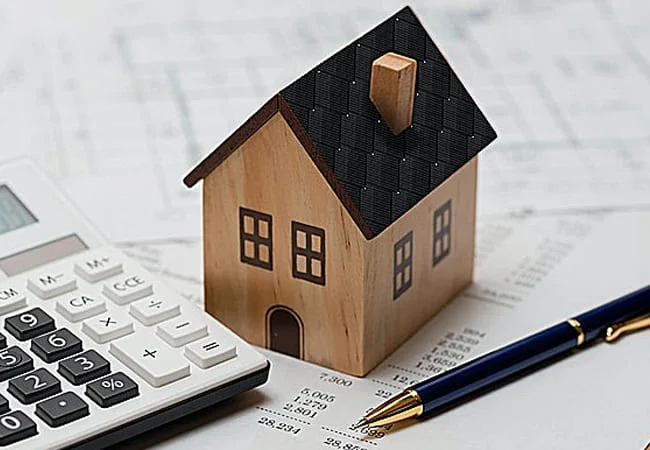If you have ever asked a solar roofing professional “How much does a solar roof cost?” it is likely you have heard “It depends.”

Breaking down the cost
Generating an accurate cost estimate is difficult for a solar provider to do without complete knowledge of the purchaser’s specific needs. Consider shopping for a laptop. Do you need a model with extra storage and the fastest processor available, or are you looking for something light-weight and paired-down? Solar roof price is highly variable because certain features drive up the cost just as others drive cost down. We spoke to our SunStyle solar designers to get a sense of what generally affects the cost of your solar roof.
System Size
A primary cost determinant for your system is size, a metric that refers to how many kilowatts (kW) a system can produce. For every customer, there is an ideal balance between system size and cost. To determine system size, it is worth considering how much power you wish to generate. Do you want a system large enough to offset most of your monthly electricity bill, or only a portion? In the case of an integrated solar panel roof, your solar company will likely aim to maximize power output by using PV shingles to cover areas of your roof that get direct sunlight. Bigger isn’t always better. Keep your past usage in mind in order to avoid investing in a system that will produce more electricity than you can use.
The shape of your solar roof
A roof’s complexity is influenced by protrusions that disrupt the roof’s surface. Protrusions include skylights, chimneys, vents, and facades. In general, building a more complex roof will be more expensive than shingling a simple roof. The design of each roof determines the number of full active, half active and inactive shingles required. For this same reason, smaller roof surfaces with complex angles may also increase cost. Simpler roofs are characterized by fewer planes and large, uninterrupted surface area. This allows for the installation of a greater number of full, active shingles. A good rule of thumb is that the greater the ratio of surface area to angles, the less you can expect to pay for your new solar roof. When investigating different solar options, keep in mind that for the price, a SunStyle solar roof is both a photovoltaic (PV) module and a high-quality, durable roofing product.
Payback of a solar roof
Several other factors should also be considered when evaluating the cost and value of your system. You will likely be eligible for some cost deductions through available national, state and utility incentives. All distributed solar energy equipment purchases are currently eligible for a 26% federal tax credit to be claimed retroactively when filing taxes for the previous year. Customers in other service areas may qualify for additional solar tax credits or cash rebates, offered by either the state, county, or servicing utility. Check with your utility provider or do your own research at dsire.org to see what financial incentives may be available to you. If you are considering a SunStyle roof, our team will assist you in identifying these deductions.
You should also calculate the financial impact of future incremental savings. By reducing or even fully offsetting your external energy needs, the addition of a solar roof will result in monthly energy savings. If you are enrolled in a net energy metering program, you may receive a credit from your utility for surplus energy your system produces and cannot use onsite, further bringing down your energy expenditures. Over a period of years, expect these savings to fully offset the upfront cost of your solar roof. This is referred to as the payback period. With knowledge of your costs and anticipated production, your solar company can help you calculate your roof’s payback period.
Keep in mind that the purchase of a solar roof is an investment in your property. As a general rule, the addition of a solar system will increase the value of your home or business. Expect the additional value contributed by your solar roof to continue to grow as electricity prices rise. In many cases, the aesthetic benefit of a solar roof will also serve to increase your property value.
Safety & reliability with a solar roof
Beyond benefitting all energy consumers by reducing the strain on the shared electricity supply, a home solar system provides you with greater energy security and reliability. Battery storage is another consideration and a means to even more dependable energy access. A solar battery allows you to store excess energy that your system produces. This energy is then available to you in moments when solar production is low or nonexistent, like at night or during periods of limited sunlight.
By making all energy produced available to you at any time, battery storage allows you to to fully take advantage of the greater energy independence afforded by a distributed solar energy system. Adding solar battery storage will raise your upfront costs but you will benefit over time from energy savings as you purchase less energy from your utility. Installation of a battery at the time of installation often qualifies you for a tax credit on the battery cost.
The Value of a Roof + Solar in One.
When considering a solar roof versus a new roof plus panels, you should keep in mind that a new roof with rack-mounted panels requires two sets of building materials, two sets of crews to coordinate, and two price tags. With a solar roof, you have a more streamlined installation that uses fewer materials. Plus, your structural roof is now generating energy and saving you money over time.
For more information about SunStyle’s solar roof, visit sunstyle.com
Power your interest in the future of solar roofing by following us:
Instagram @sunstyle
Facebook @sunstylesolar
LinkedIn linkedin.com/company/sunstylesolar

